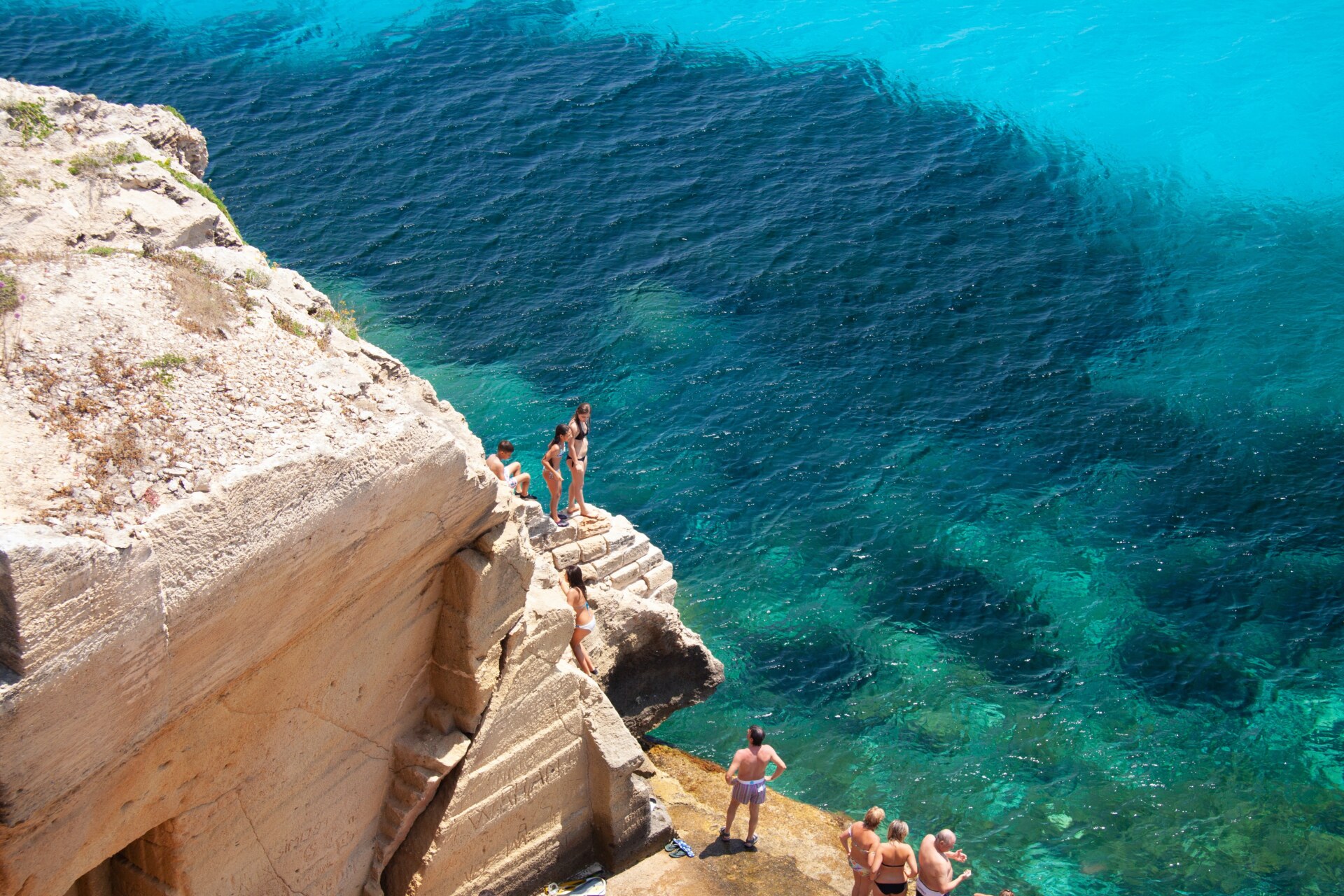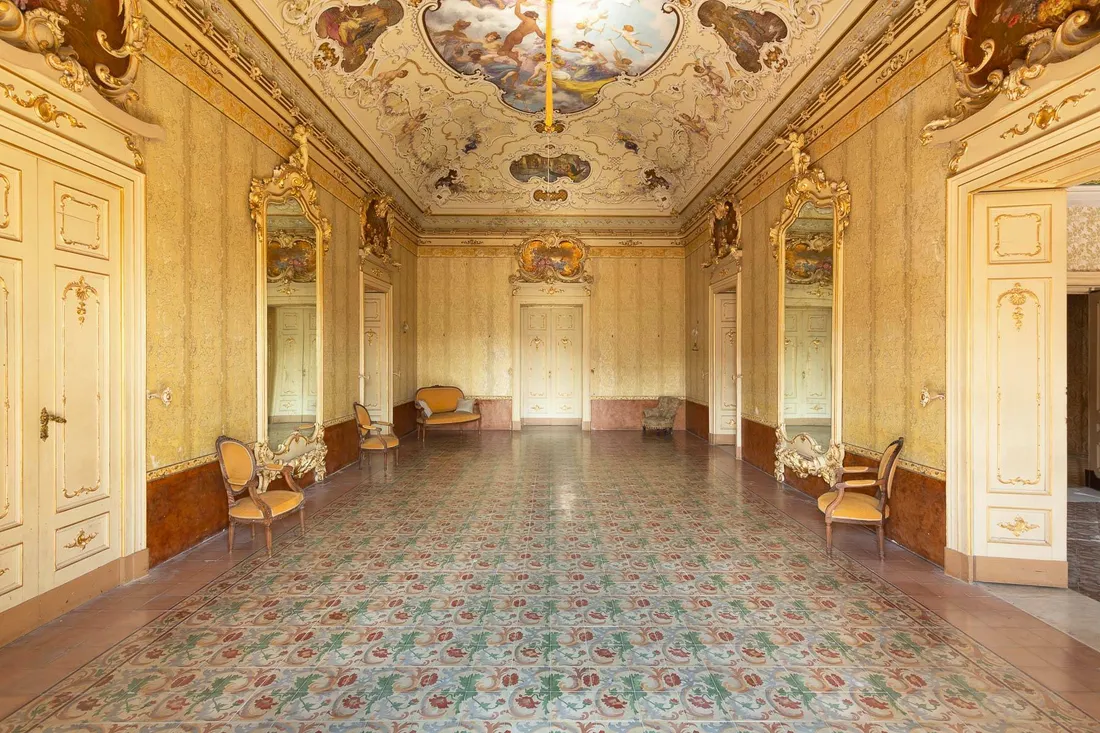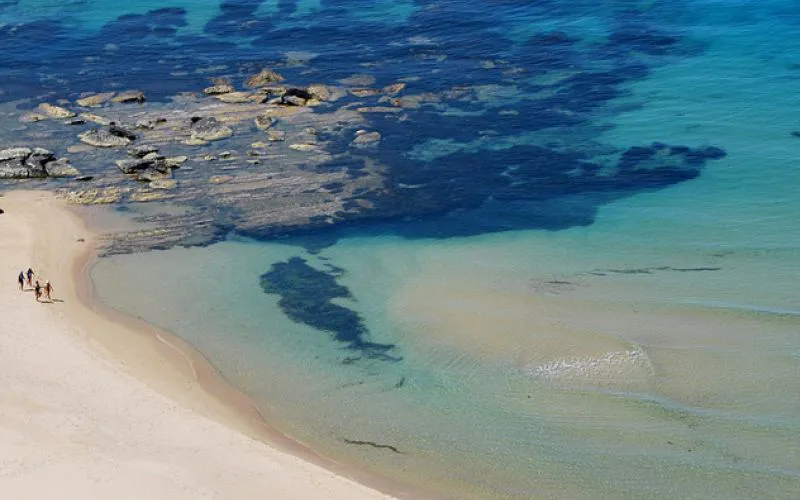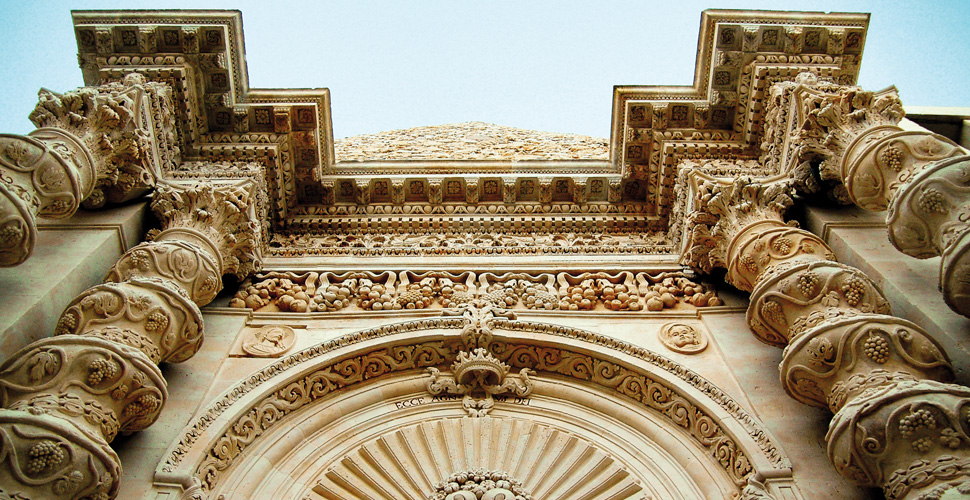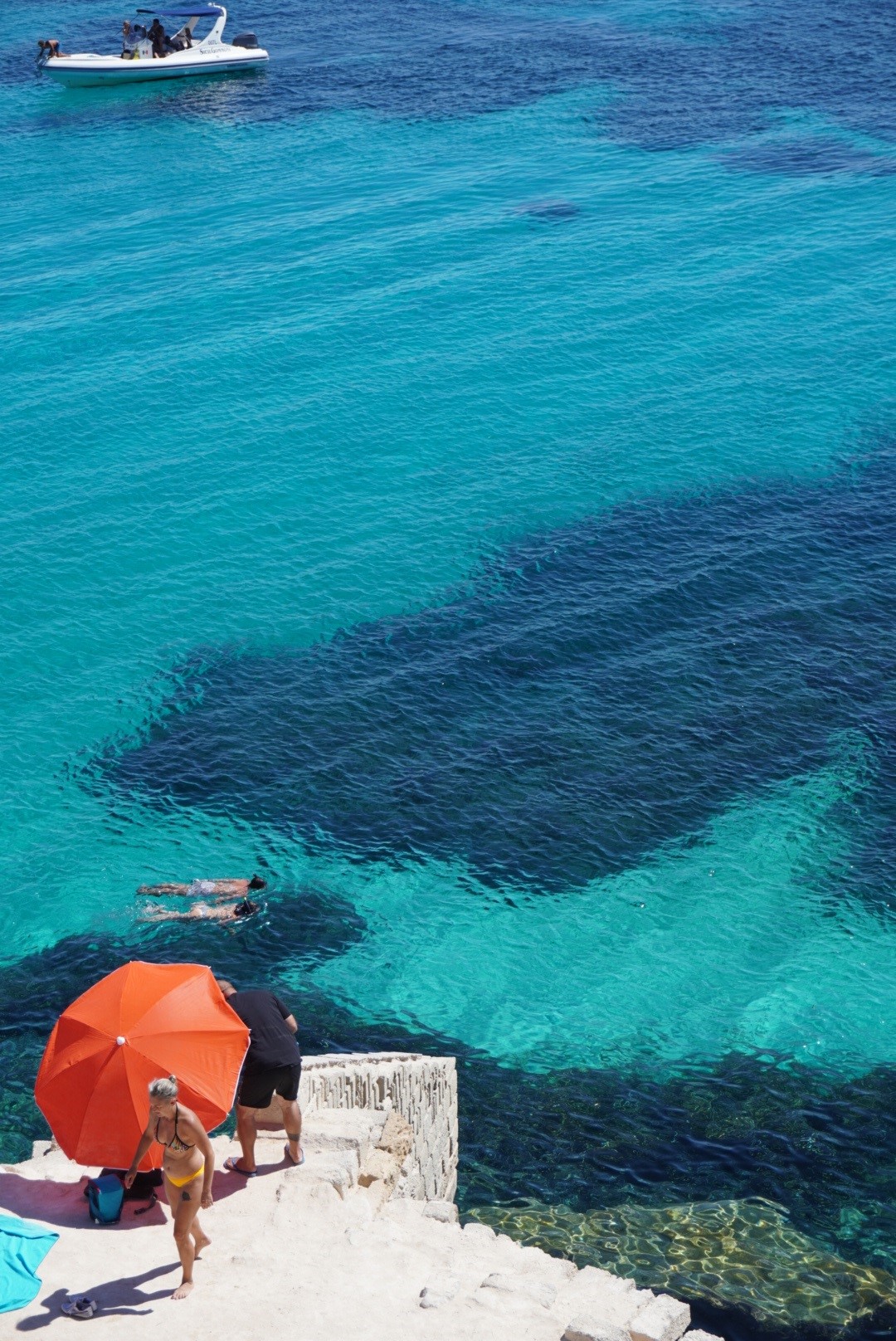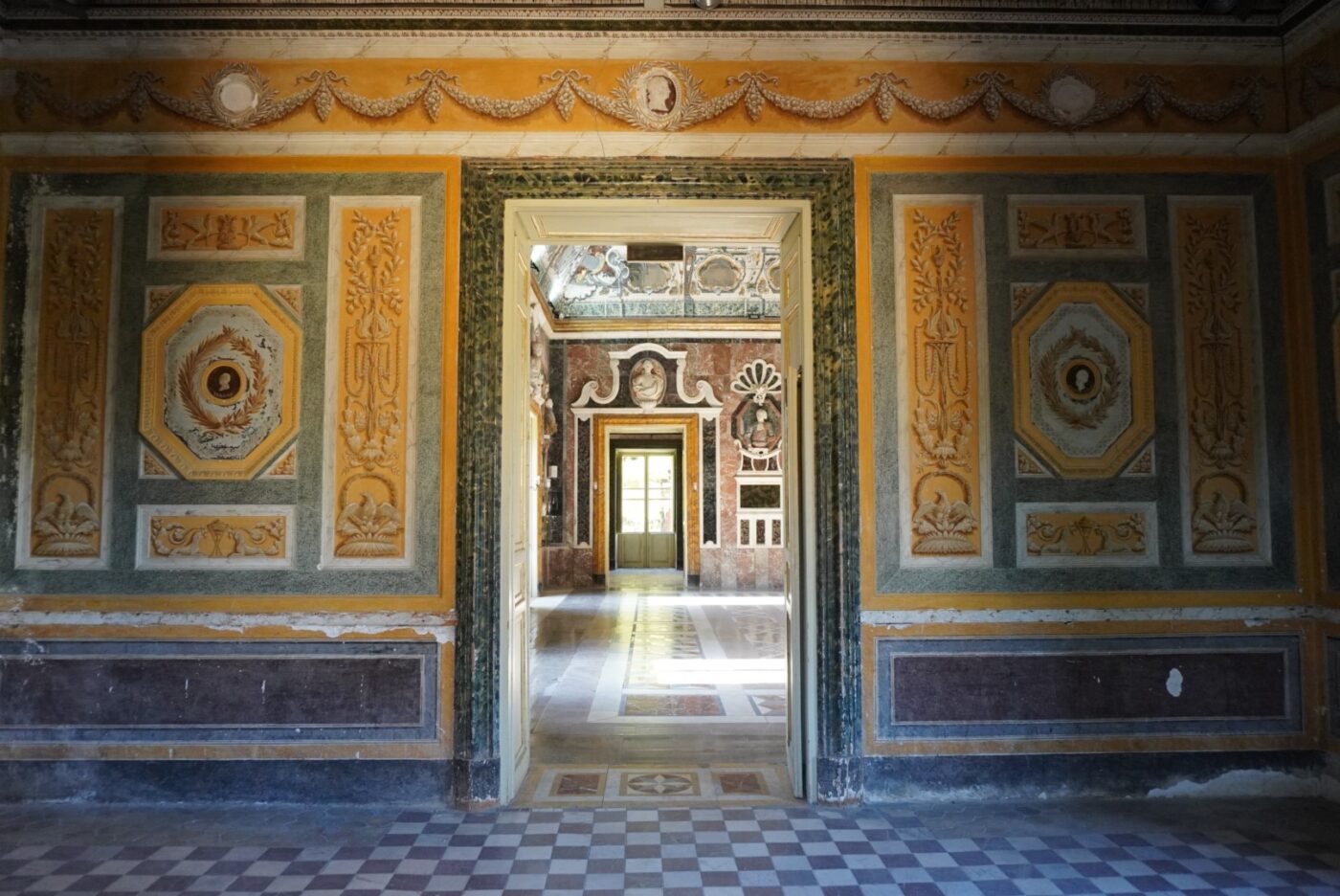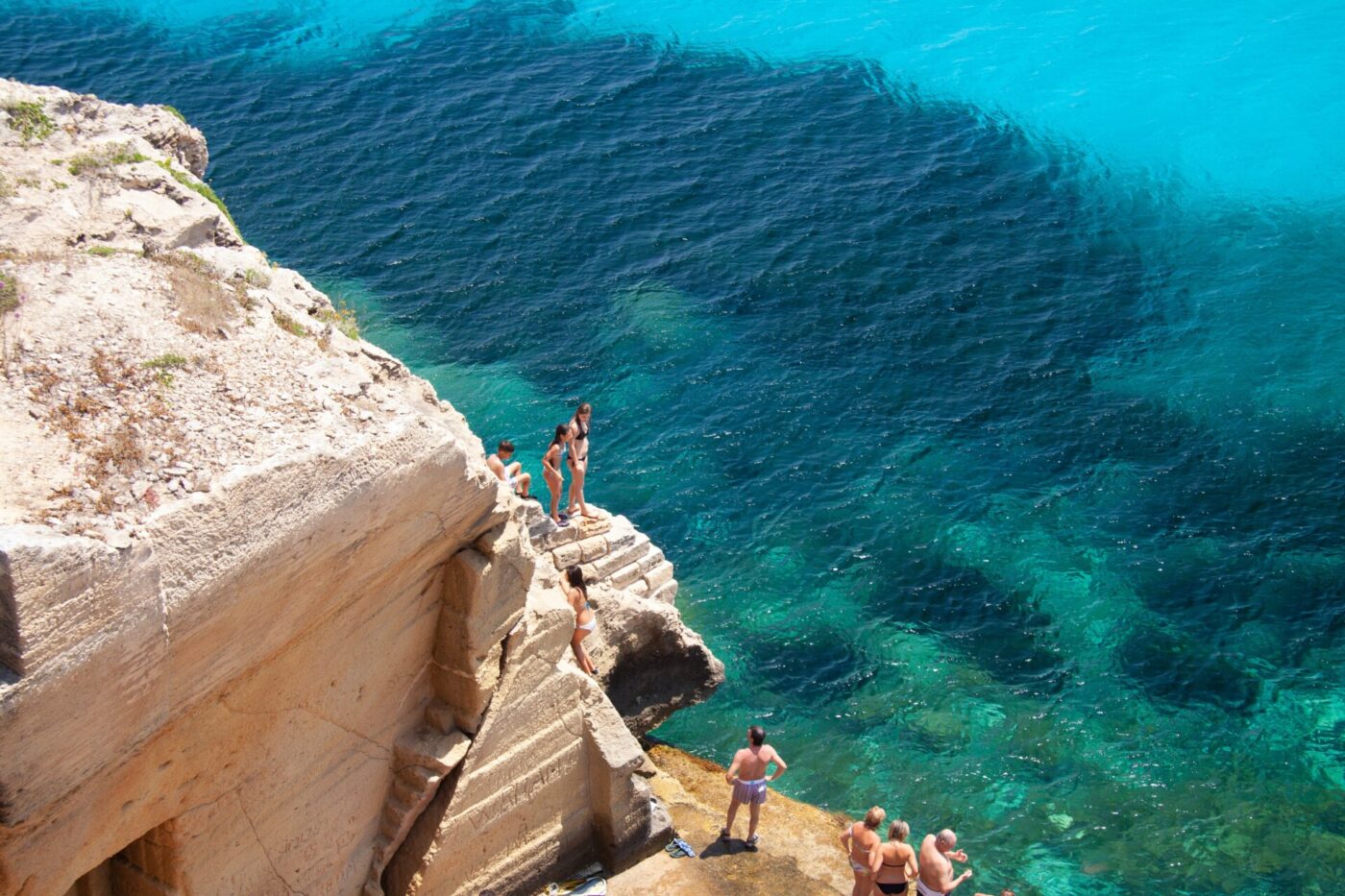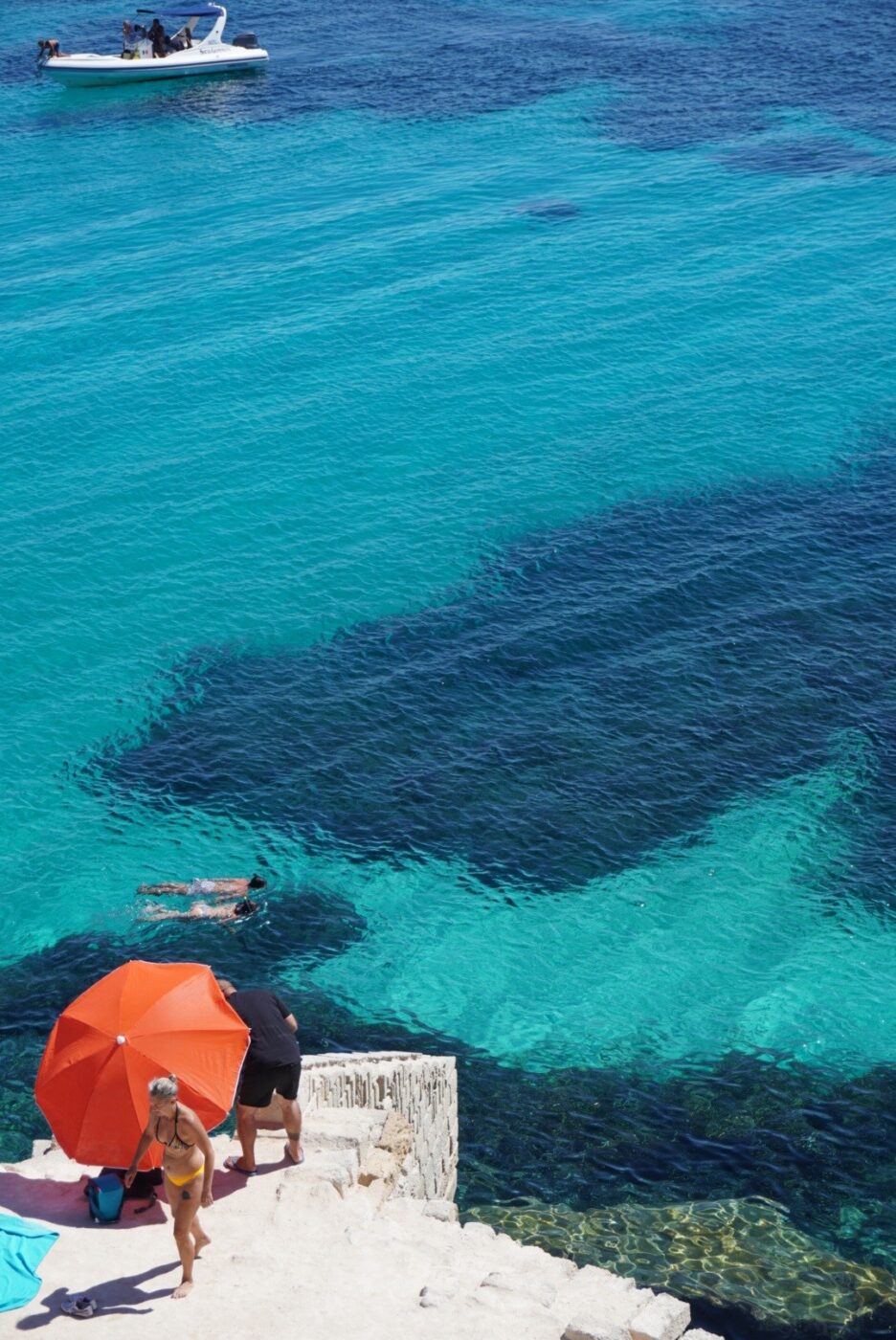Go to Palazzolo Acreide, Not Noto
The beautiful Baroque city of Noto in south-east Sicily has become one of the island’s most fashionable destinations through its portrayal in various films and TV shows (*cough cough* White Lotus). In recent years, many restaurants and bars have also set up shop and, in the full swing of summer, crowds appear in masses. (Though if you do go to Noto, you absolutely can’t miss Corrado Assenza’s famed Caffe Sicilia.)
For a more authentic experience in this corner of Sicily, choose Palazzolo Acreide, just 30 minutes north of Noto. Another Baroque gem with a beautiful cathedral and historic centre, Palazzolo Acreide contains as much to see and marvel at as in Noto–minus the tourists, plus local colour. As you stroll around the quaint squares and impressive arcades, locals go about their day drinking coffee in the main square or sitting on their balconies enjoying the peaceful pace of life. For those who favour Palazzolo, plenty of culinary delights await: for a truly exquisite meal, book a table at Da Andrea, a trattoria which combines old-world Sicilian ingredients with more contemporary modes of preparation and presentation.
Another great alternative to Noto: check out the other wonderful, lesser-known towns of the Val di Noto. Clustered together about 45 minutes east of Noto, Scicli, Ragusa, and Modica boast equally resplendent Baroque architecture in captivating urban settings.
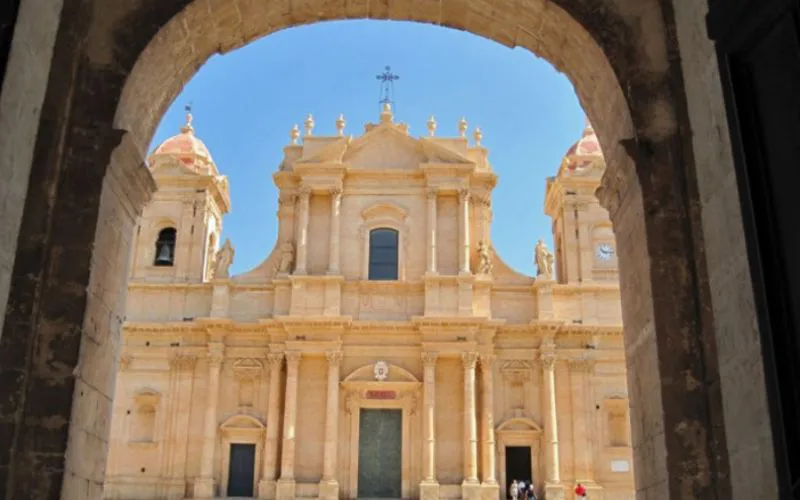
Go to Cavagrande del Cassibile, Not the Siracusa Coastline
Everyone knows that Italian beaches in the peak of summer are competitive: bagni jack their prices, and fights for slices of spiaggia pubblica are common. The Siracusa coastline is no different. Instead, head to Cavagrande, high in the hills of the Noto countryside. Upon arrival, the entrance will appear closed–to the untrained eye. Approach the gate where a nonchalant official “stands guard”; it becomes immediately clear that he won’t stop you from jumping the gate (he might even give you a leg up!). This is how Cavagrande has stayed a local secret for so long. Once you get past the gate, descend through the winding, rocky canyon for about 25 minutes. You’ll have to pass through some thickets until the branches clear, but your efforts will be rewarded with an oasis of calm. A far cry from the crammed beaches and lidos of Siracusa, the bottom of this canyon is laden with an array of natural springs, waterfalls, and luscious woodland. You will find other canny folk, lounging on white rocks or diving into the refreshing waters. Bring a book and some sustenance, and you can spend the whole day soaking in this sublime Sicilian sanctuary. A word to the wise: the haven of Cavagrande is well protected by its location and the walk back to the gate is long and steep. Allow at least 40 minutes to make your way up the stone steps and into the real world once more.
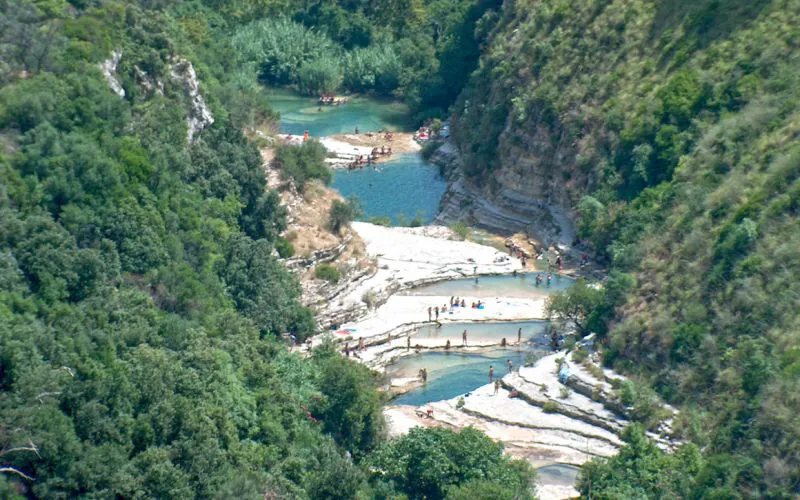
Go to Bagheria, Not Monreale
The outskirts of Palermo is full of little towns that are often left undiscovered by travellers passing through. Some do head to the well-known Monreale, a short drive from Palermo’s city centre and easily reachable by bus, but venture a little further afield (a 25-minute drive to be precise) and you’ll come upon Bagheria, one of my favourite places in all of Sicily. Although the sights are spectacular, they are so overlooked by the tourist contingent that it’s not uncommon to get them all to yourself.
Villa Palagonia (also known as Villa dei Mostri) is a dazzling old palazzo with intricate frescoes, extraordinary statues, and exquisitely decorated marble floors. When we visited, we were the only ones there, and we used that luxurious solitude to dance in the ballroom with a mirrored ceiling just like the Sicilian nobility would have done many years ago. Villa Cattolica is another splendid property which hosts works by one of Sicily’s greatest painters, Renato Guttuso, who was born here in Bagheria. After absorbing these extravagant locations, it is time to take to the streets and watch the currents of current life go by. Bagheria is small but mighty, and its buzzing corso is where you’ll find local life in action: troops of signori sit under looming palm trees as they rest during their evening passeggiata; bustling signore will be seen zipping into the butcher’s and the grocer’s to buy some final ingredients for dinner; young ragazzi will be laughing, chatting, and smoking in the main square; beautiful amanti will be drinking a spritz in one of the central bars…
If you want a final taste of luxury before leaving Bagheria, reserve I Pupi for dinner, a Michelin-starred restaurant which elevates Sicilian dishes without straying too far from their roots.
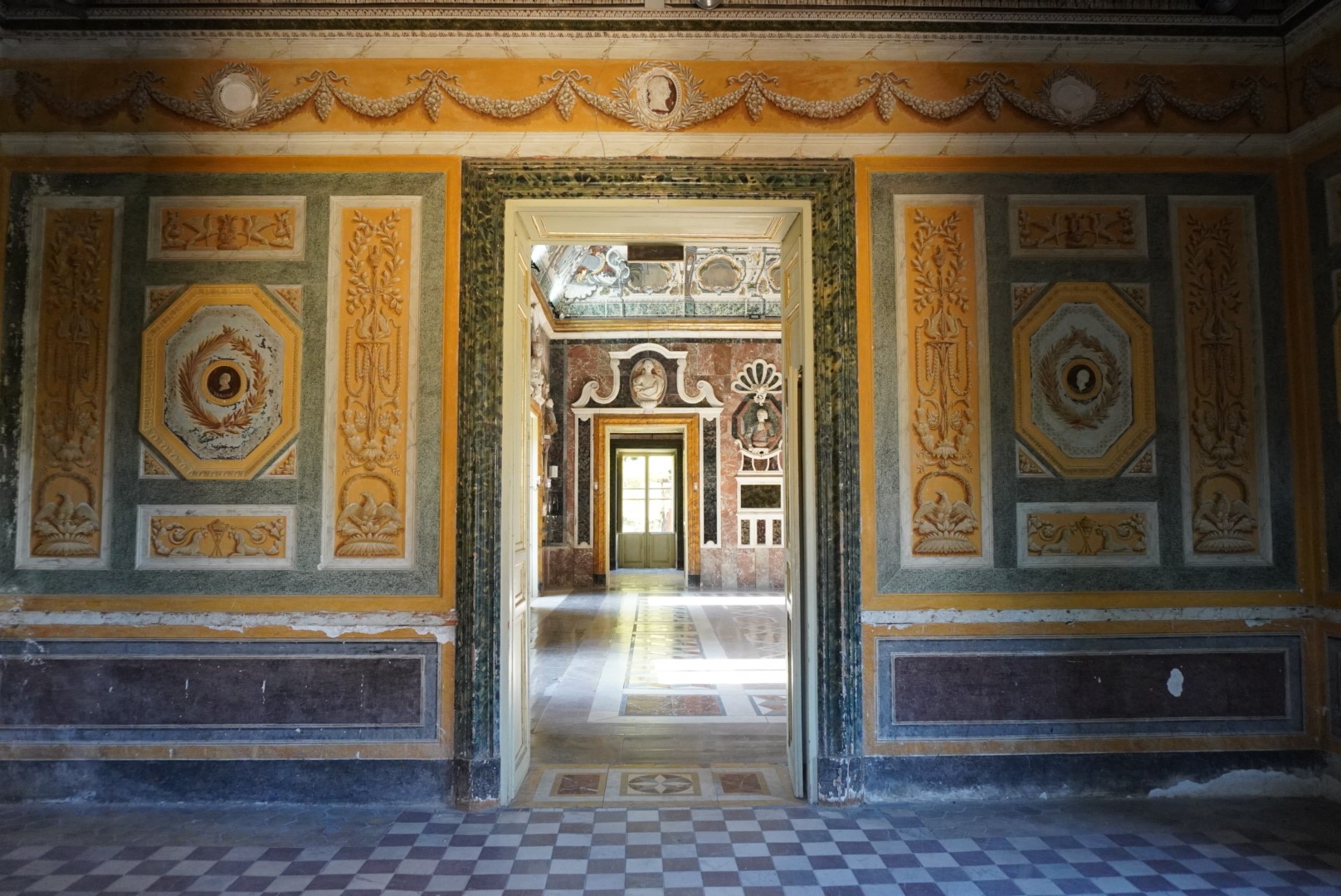
Go to Torre Salsa, Not Scala dei Turchi
Famous for its gleaming white rocks which cascade into crystal blue waters, the Scala dei Turchi is one of Sicily’s most iconic coastal spots. Its renown has often led to exaggerated numbers of beachgoers fighting for a comfortable space to sprawl out upon the immaculate limestone. Yet just 7km down the road the Torre Salsa Nature Reserve lies discreetly in wait. The protected coastal area boasts pristine sandy beaches, as well as rocky cliffs similar to those of its overcrowded neighbour. A small entrance fee grants you access the park’s 760 hectares. The waters are calm, the views are dramatic, and the tranquillity is unmatched.

Go to Favignana, Not Trapani
On the western coast of Sicily, it’s easy to find perfect spots to watch the sunset, but it can sometimes be difficult to find quality beaches. In the region of Trapani, you will find its historic coastal city, breathtaking salt pans which cover vast expanses, and the teetering medieval town of Erice high up in the Sicilian hills. In order to soak up the sun on a sandy stretch or a rocky cove, you can take a short ferry ride from Trapani port to the island of Favignana. In just 30 minutes, you’ll find yourself at some of Sicily’s most spectacular shores. When you reach the island, walk inward to the main town to buy some pizzette and Messina beers, then rent a bicycle for the day and beach hop down the coast. Don’t miss the stunning bays of Cala Rossa, Spiaggia Bue Marino, and Cala Azzurra. In the evening, move to the other side of the island for aperitivo at Chiacchiere e Vino, a bar/restaurant where the tables, armchairs, and cabanas all face west for the sunset. A refreshing glass of natural Sicilian wine is a great choice here. An overnight stay in Favignana is ideal, but day trips are just as feasible.
Trapani itself, as well as this side of Sicily, won’t get as crowded as much of the rest of the island’s coast, so if you have the time, it’s also worth checking out the city’s oldtown and trying the foods that celebrate the province’s North African influence: Cantina Siciliana is a great place to try couscous alla Trapanese.
